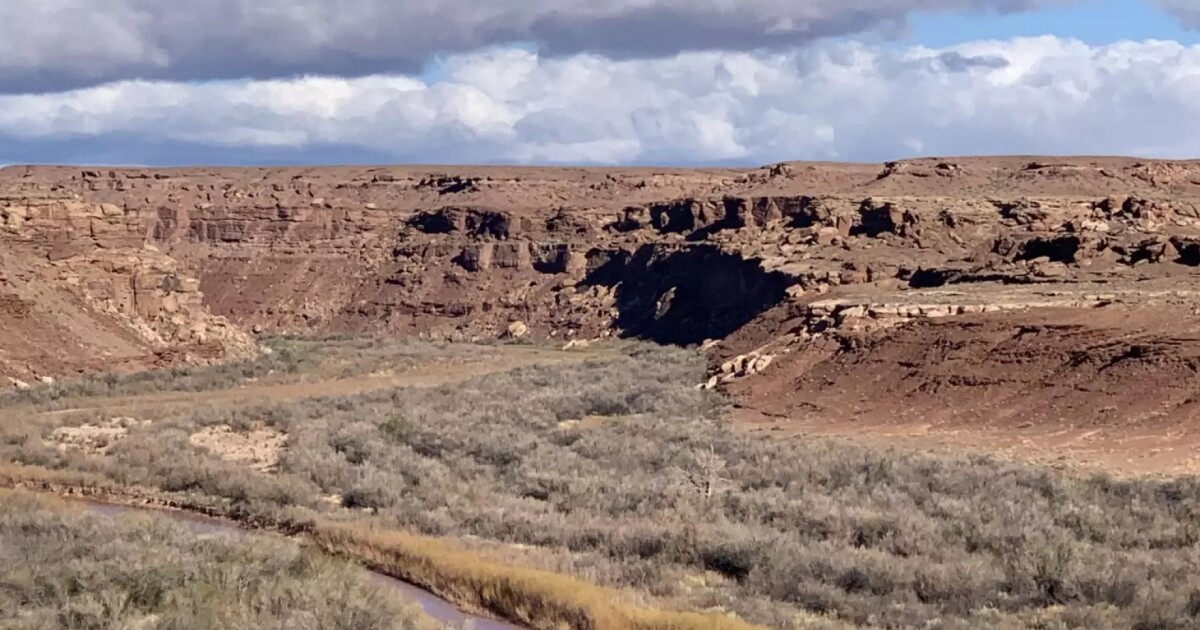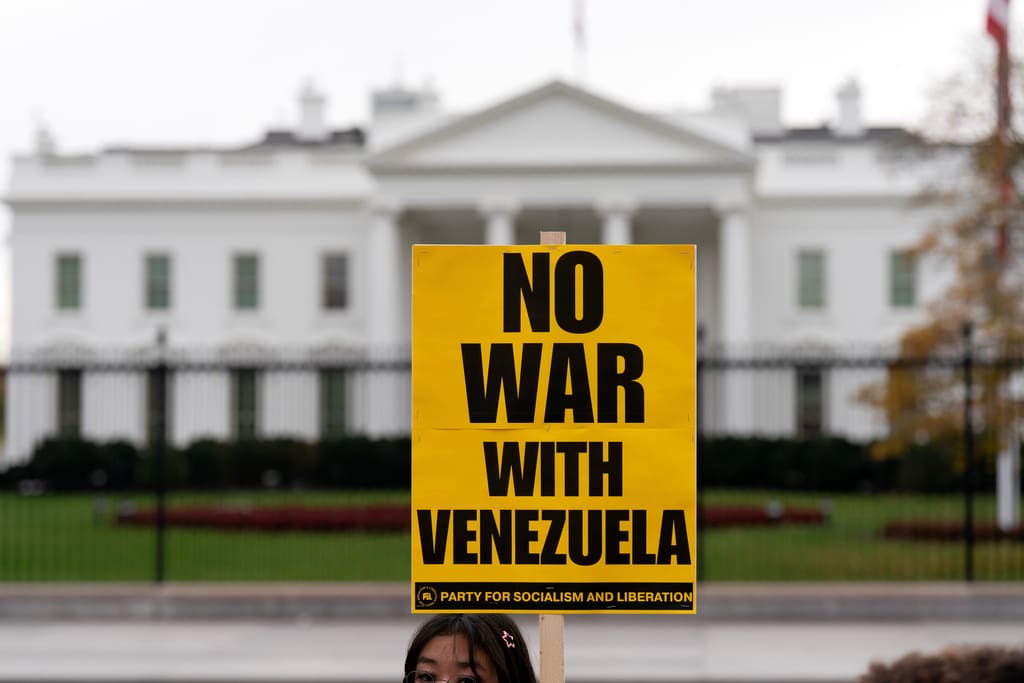In Billings, Montana’s largest city, a tight mayoral race ended with about 200 votes deciding the 30,000-vote election. In Helena, city Commissioner Emily Dean narrowly defeated Commissioner Andy Shirtliff by 203 votes in an 11,000-ballot race. Laurel, a smaller town near Billings, saw just 25 votes separating two candidates in a 1,100-vote contest. In central Montana’s sparsely populated Petroleum County, a county commission race ended with a 17-vote margin. Meanwhile, Rexford witnessed a two-vote difference in a town council election.
These nail-biting results prompt the question: How many votes to win a Montana election? Just one. However, state law allows recounts for margins less than or equal to 0.5% of votes cast. In races with over 200 voters decided by a single vote, this often results in a recount.
When margins are within 0.25%, the elections office covers recount costs. If between 0.25% and 0.5%, the defeated candidate pays. Currently, no major Montana races qualify for a recount, though vote counts remain unofficial until canvassing completes this month.
A recount occurred last year when Marty Malone, trailing by 20 votes for a legislative seat against Scott Rosenzweig, requested one. The final tally confirmed Rosenzweig’s win by 17 votes. Losing by less than 1% is tough, as Billings city council candidate Kassi Strong discovered when she lost to Denis Pitman by 109 votes.
Some recent Montana elections have been even closer. In 2021, Phillips County saw a mayoral race decided by two votes amidst voter fraud issues, with incumbent Angel Arocha emerging victorious. In 2023, a Missoula City Council Ward 6 race ended in a tie, resolved by the city council selecting Sandra Vasecka over Sean Patrick McCoy. This year’s election was a rematch, drawing similar voter turnout, where McCoy defeated Vasecka by 601 votes.
—
Read More Montana News










